July 2015
22 July 2015
Laboe Naval Museum and Memorial

Laboe is a small town north of Kiel at the opening of the fjord. The town is a small seaside village and the beach is big and very popular for the people of Kiel, with large sandy beaches and shallow water. It can be very windy here so it is also a popular spot for kite boarders and wind surfers. This town also houses the naval memorial and museum. At first I thought this would be interesting to visit, but wasn’t expecting the powerful experience I had here.
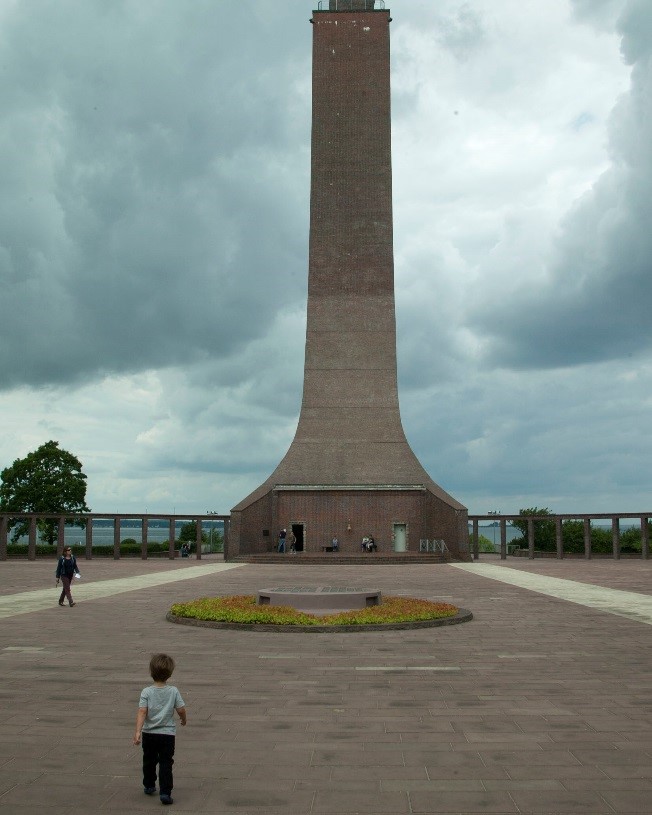
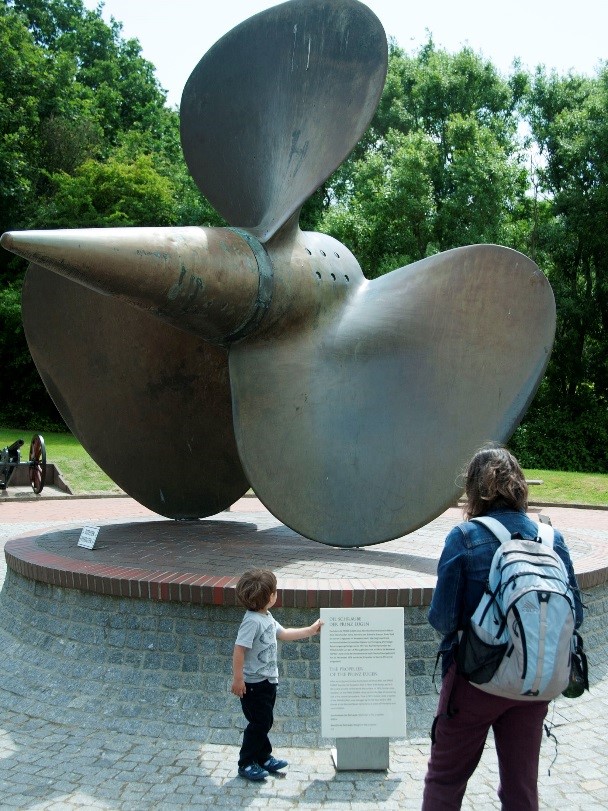
The memorial is a large brick tower built to look like a flame rising. The architect designed this so the effect would be the connection of sea and land to sky. Originally this memorial was built after WWI to honor German Naval sailors who lost their lives at sea. This memorial was designated to be a place to lay flowers and grieve because most sailors died at sea and their bodies were never recovered. After WWII this memorial was captured by the British who chose not to destroy it because it did not glorify war, but was respected as a place to honor those who died for their country. Instead, the British gave back the memorial to Germany in 1954 to be a memorial for all of those sailors who lost their lives during WWI and WWII. It was dedicated as an international peace memorial and now has a new inscription that states, “Memorial for all those who died at sea and for peaceful navigation in free waters.”
>
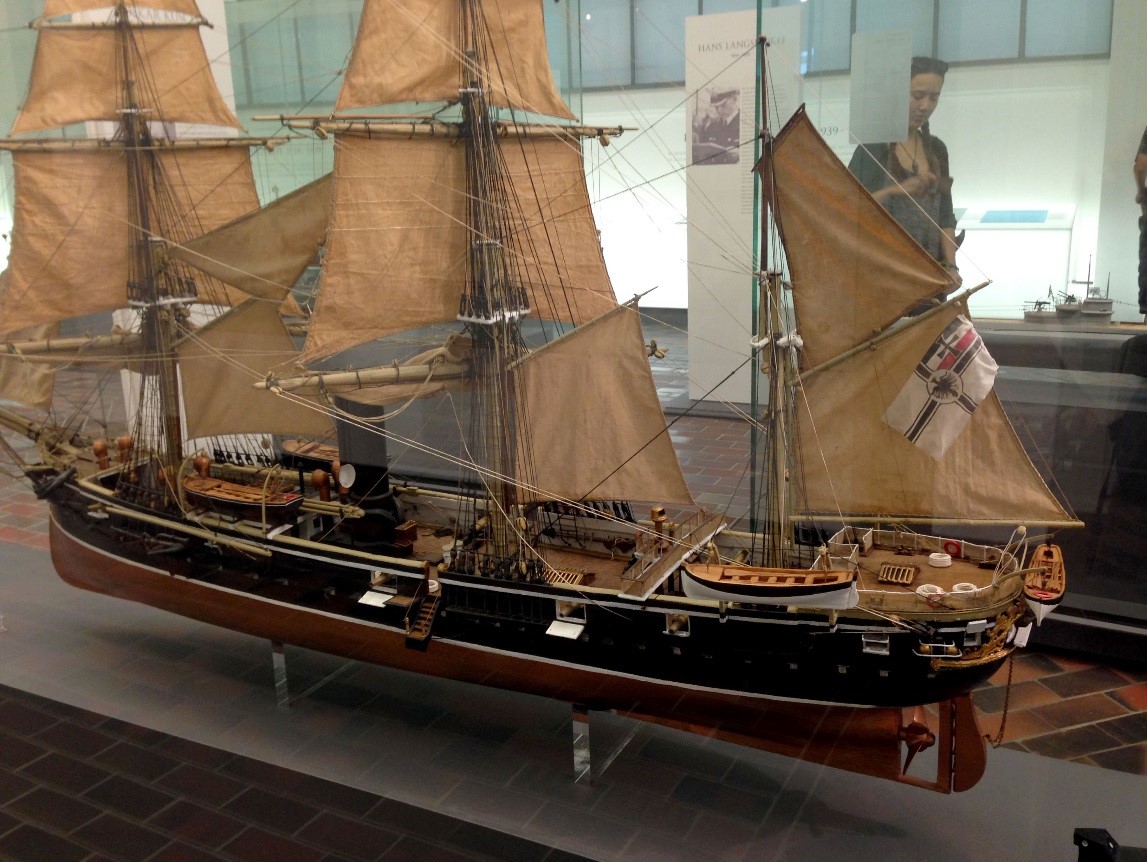
The memorial has a large tower at the edge of a large brick circle. There is a low building at the other end of the circle where they have a history of the German Navy complete with models of important ships throughout history. All signs were in English and I learned of the millions of refugees and wounded whom the German Navy helped flee during the end of the war. There are then stairs that lead underground to a circular room lit only by a stained glass skylight above. In the center of the room is an eternal flame and wreath. Around the room are flags from many countries who fought in the two wars. At each flag people have placed wreaths, flowers, notes, and pictures of loved ones who passed during both wars. I found this place very powerful and thought of my grandfather who fought in WWII.
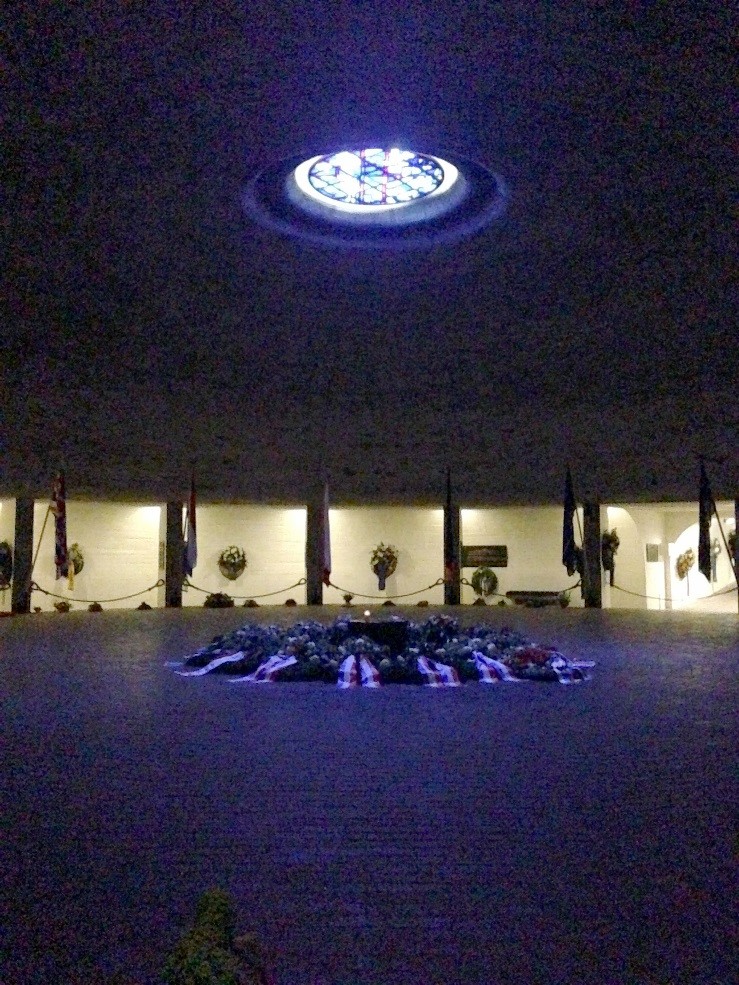

Once you cross to the tower there are old inscriptions on the wall of the German naval fleet during WWI. There are types of boats and numbers to coincide with every boat who was part of the German Navy. You can then climb stairs to the top of the tower. At the top you can see the beach, across the sea to Denmark, the larger city of Kiel and farmland around Laboe. It is truly a beautiful view worth the climb.


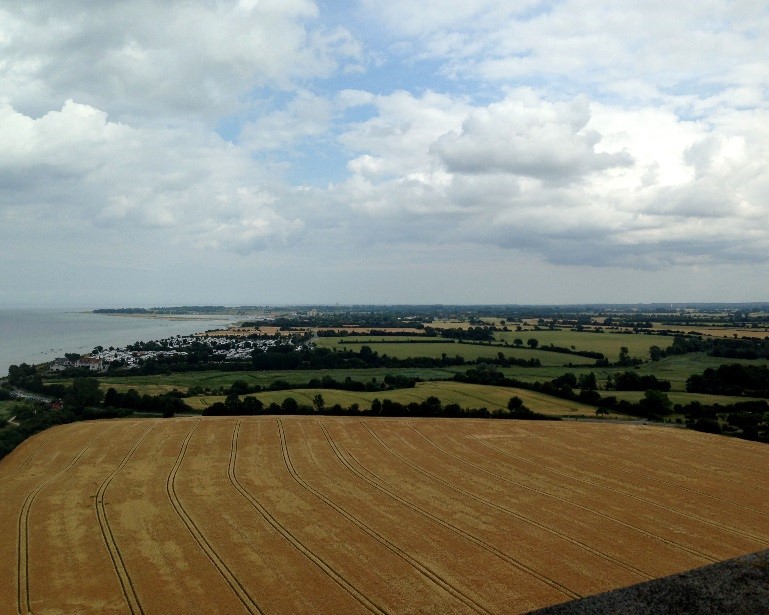
Leaving the memorial there are three plaques. One from the US Navy commemorating their soldiers lost during WWII, one from the Australian Navy, and one from the Japanese Navy. This is where it really hit me that after so much hatred and death how amazing it is that these countries came together to honor their lost soldiers in a land that represented the enemy for so long. It shows that it is a human need to grieve those we have lost, and through this grief we can find common ground and acceptance.
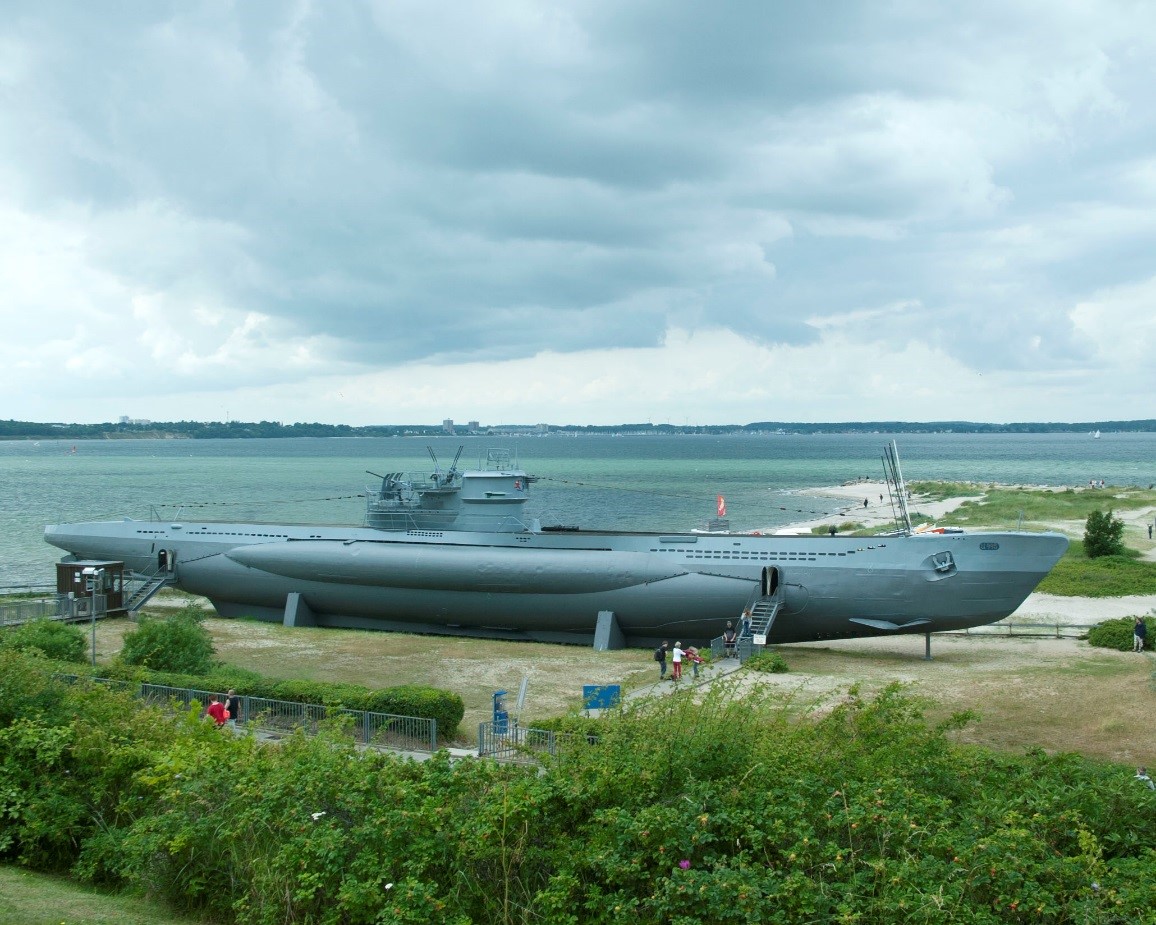
On the shore across from the memorial there is a U-boat (German submarine) that was turned into a museum as well. This particular submarine U995 was damaged during the World War II but did not sunk. It therefore was surrendered to the British and given to the Norwegian Royal Navy for use until it was decommissioned in 1962. The Norwegians then gave the submarine back to West Germany as a token of regained friendship. It was refurbished and turned into a museum in 1972. People can walk through the submarine and see a little of what it was like to live and work inside.
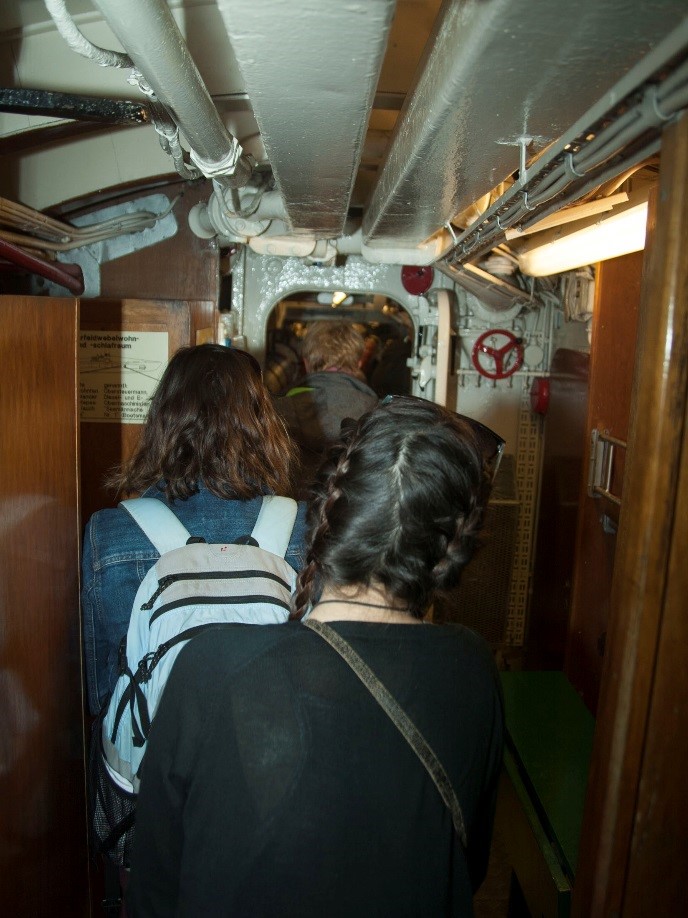

I was shocked at how tiny and cramped the working and living areas were. A crew of 40 to 50 men with the average age of 21 worked on this boat. Men shared bunks and worked in shifts because the task of running a submarine during war time was a 24-hour job. The kitchen was as big as a closet with a small stove with two burners that served 4 to 5 meals a day to the two shifts of crew! There was obviously no comfort or privacy on this boat. The control room was a maze of knobs and levers that were not labeled as far as I could tell. I felt cramped and uncomfortable just being an above ground visitor. I can’t imagine what it must have been to work in this boat submerged in the sea during war time!
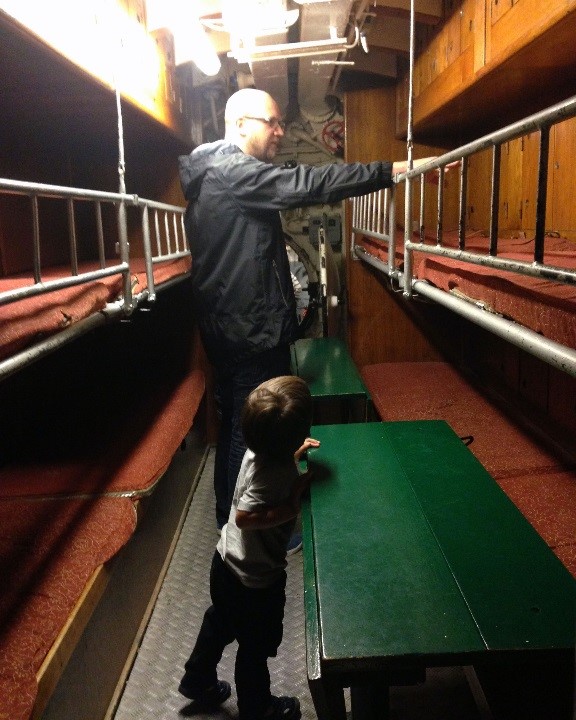

I am glad that I now live so close to these museums. They are not mentioned it many guide books and are not usually part of a tourist agenda. But I think they are important places to visit and learn from. On my next post I will tell you all about the aquaria with which Alejandro will be working on his sabbatical.
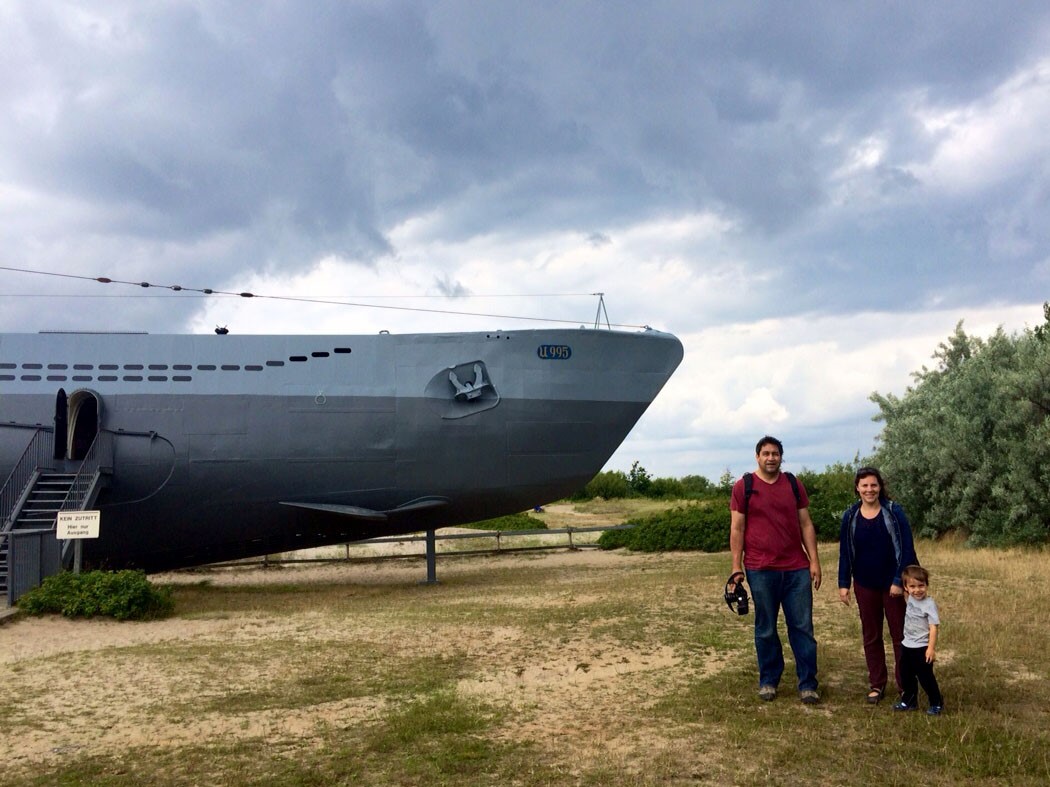
20 July 2015
Trip to Schwerin and Lubeck
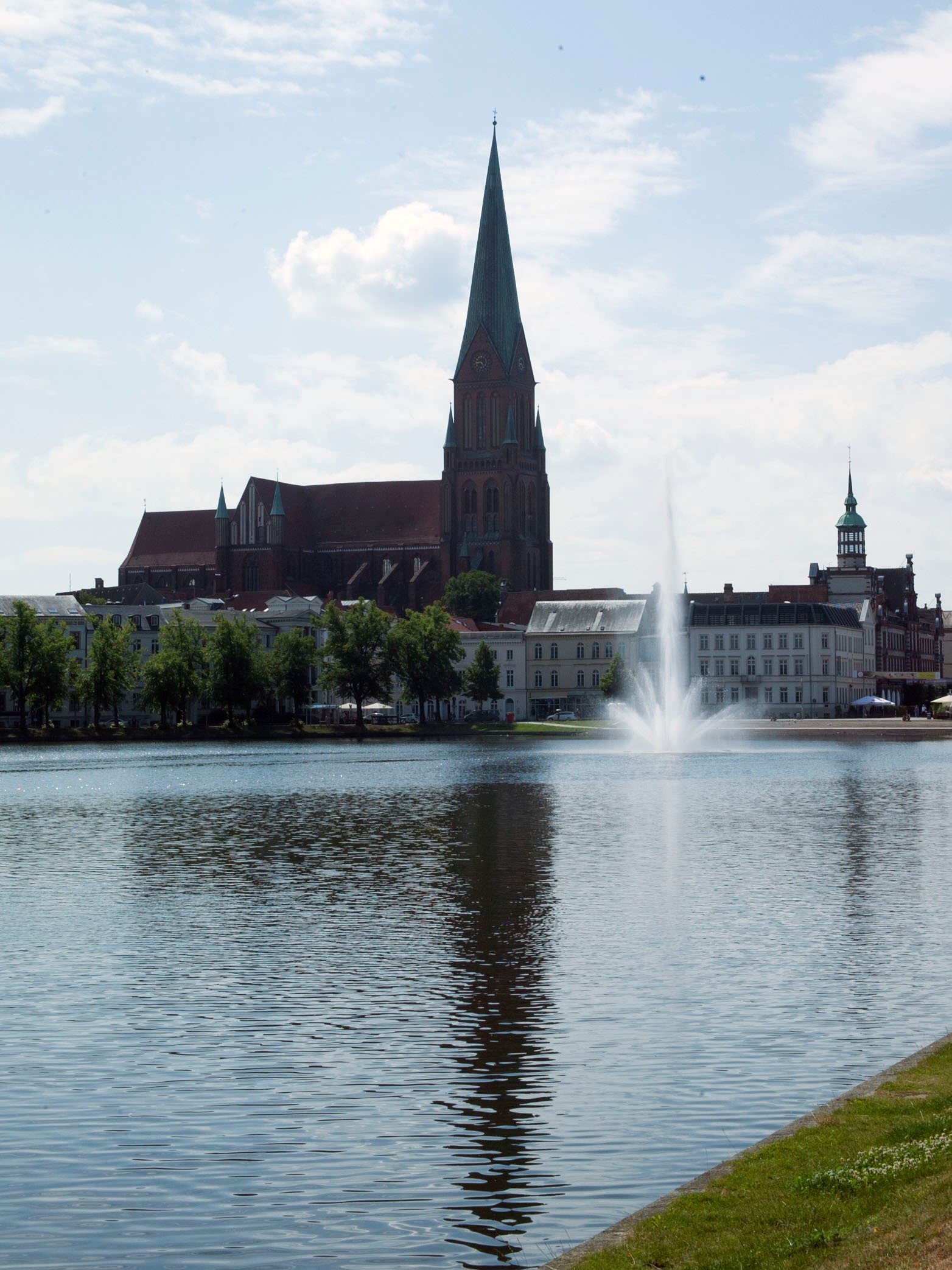
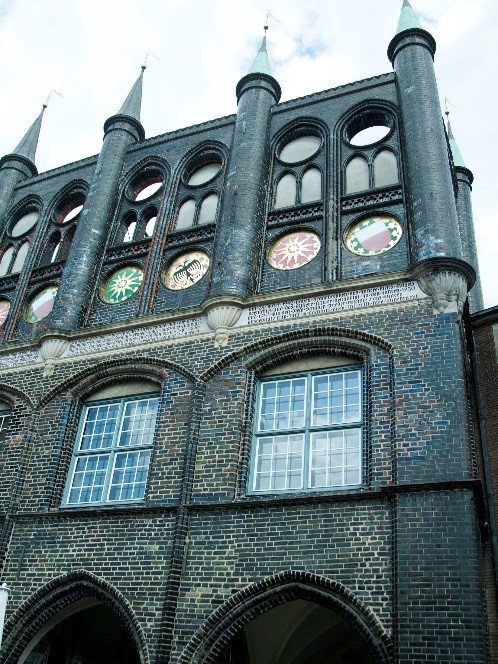
Sorry I have not posted anything on my blog in a while. My friend who was visiting was thrown off a horse and broke one ankle and got a large gash in the other, making it so she couldn’t walk. So our views have been mostly of doctor’s offices and waiting rooms. We were able to go out and do a little adventuring though. At the end of June we took the train to the neighboring state of Mecklenburg-Vorpommern to see the beautiful castle in the town of Schwerin.

This current castle was built in the 1800s and housed dukes. However history shows a castle being on this site as far back as the 10th century, however it probably resembled more of a fort. Because of its location this area has a long history of battles and changing of power. There are statues and signs around town that tell the history of the area. The town is a popular tourist spot for Germans and most of the signs were only in German. Luckily we could take photos and translate the text later using Google Translate.
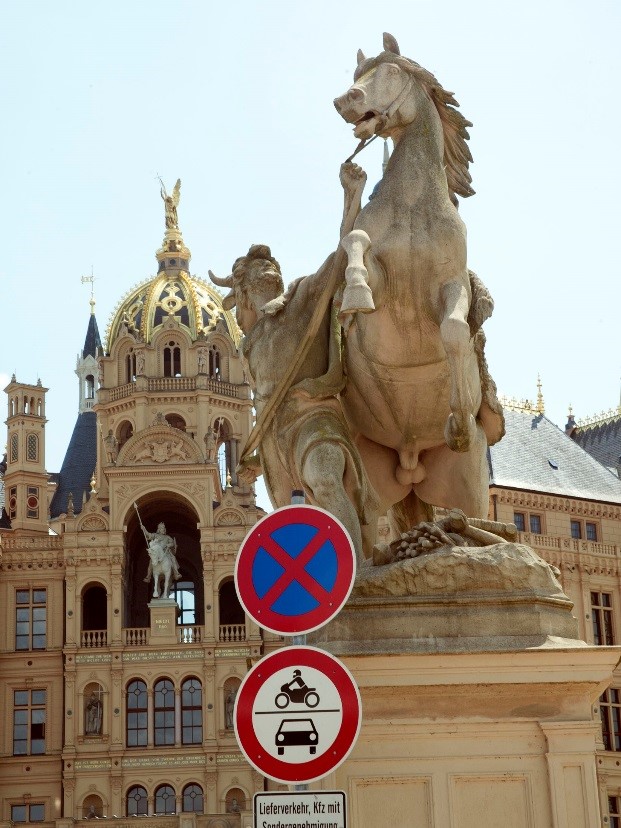
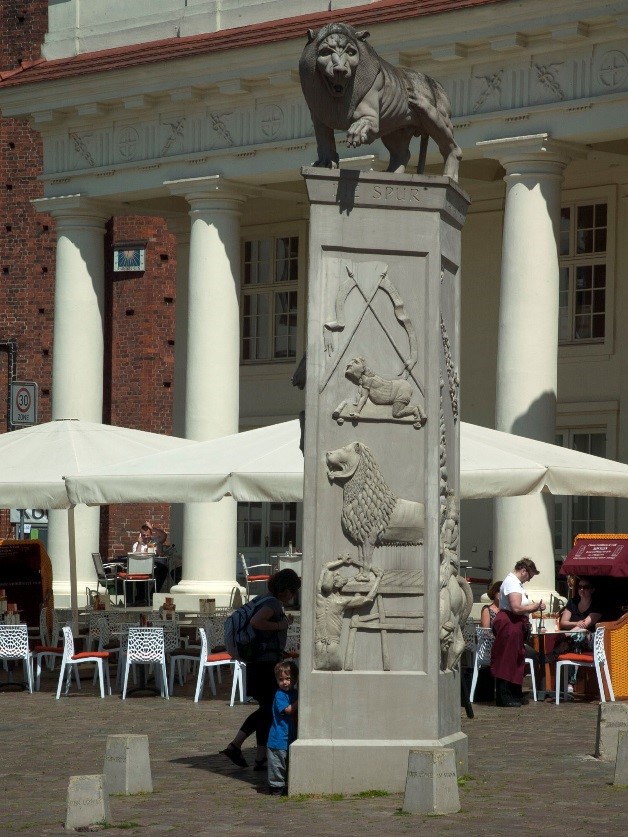
Now the state parliament uses the castle for their offices. Could you imagine your office being in a castle!? The castle is located right on one of the many lakes that surround the city. It is ornate with a golden dome and beautiful gardens.
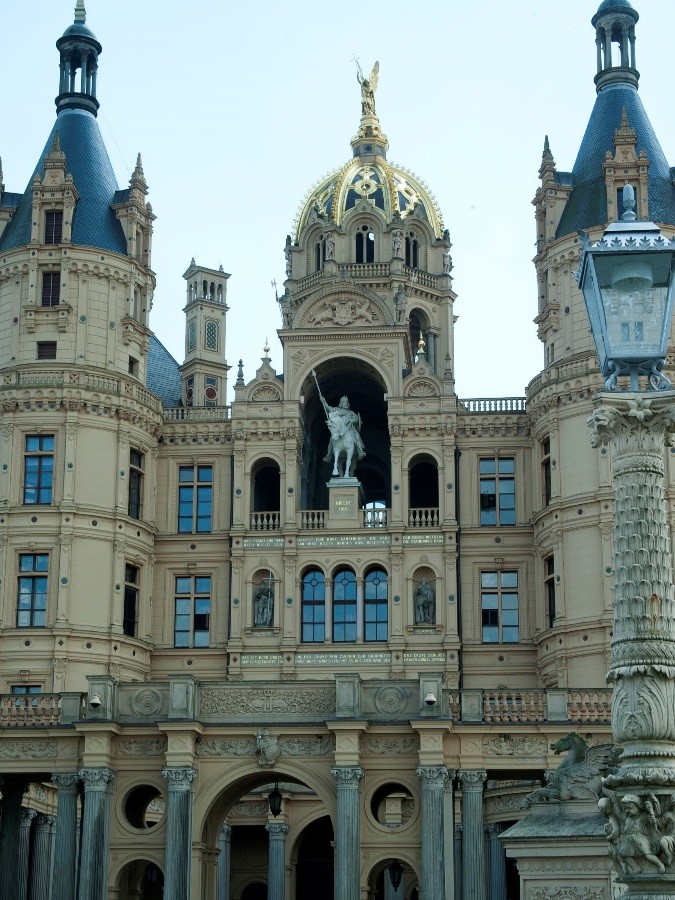


Our favorite spot was in the grotto. This was a hidden area behind one of the gardens that was cool and damp and led to the shore of the lake. This was used to bring goods into the castle in a protected way.
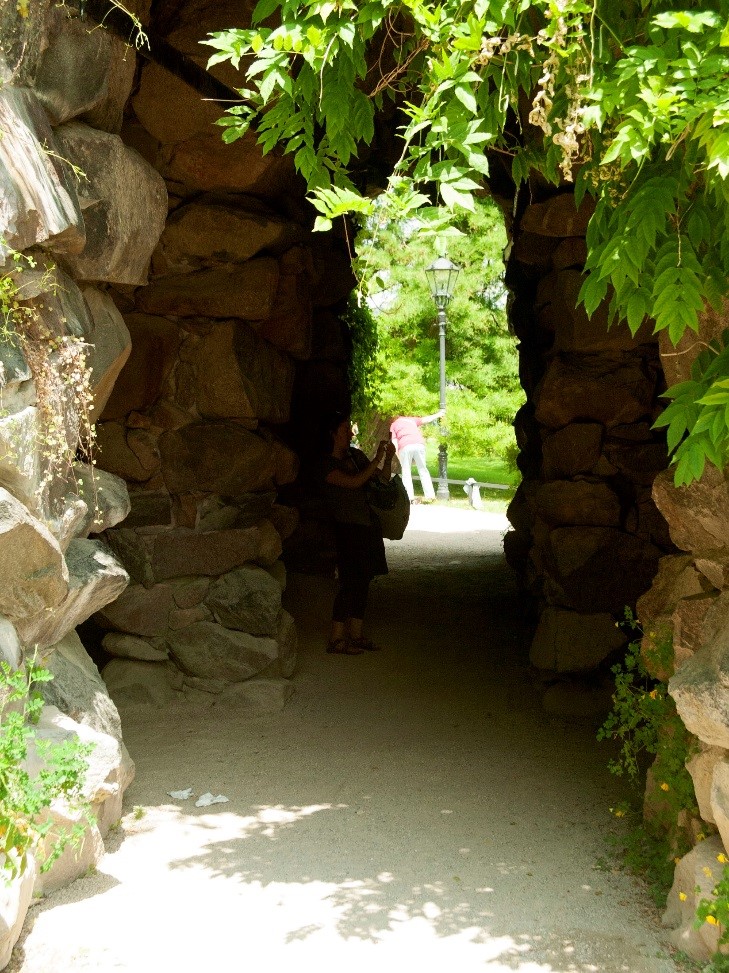
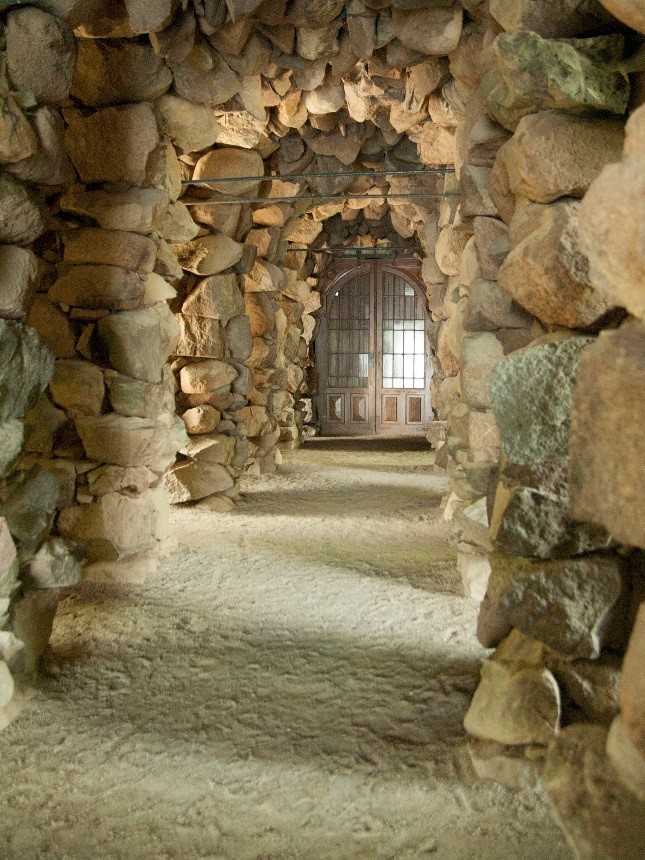
On our way back to Kiel we were told we couldn’t miss the chance to see Lübeck. Lübeck is a larger town that also carries a lot of history. Many of the buildings such as the city gates date back from the middle ages. Lübeck was a Hanseatic City, meaning it was part of a group of cities who formed a trading league around northern Europe during the 1400s-1700’s. This is a very interesting part of history I am just learning about. It is amazing to see buildings and cities with such a long history. It is this history and preserved buildings that made Lübeck a UNESCO world heritage site.
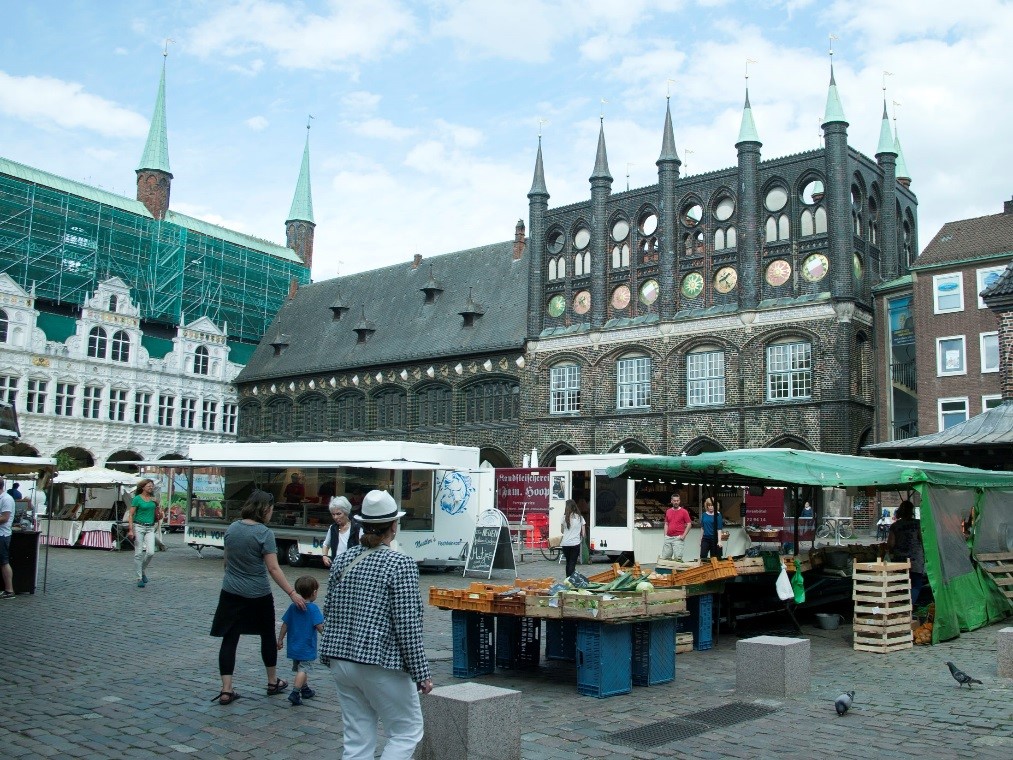
The old brick gates to the city called Holstentor (and four others) used to be the only way into the city. Today you can walk through them or climb to the top of the tower. The tower is guarded by two large bronze statues of lions. They were Ethan’s favorite part.

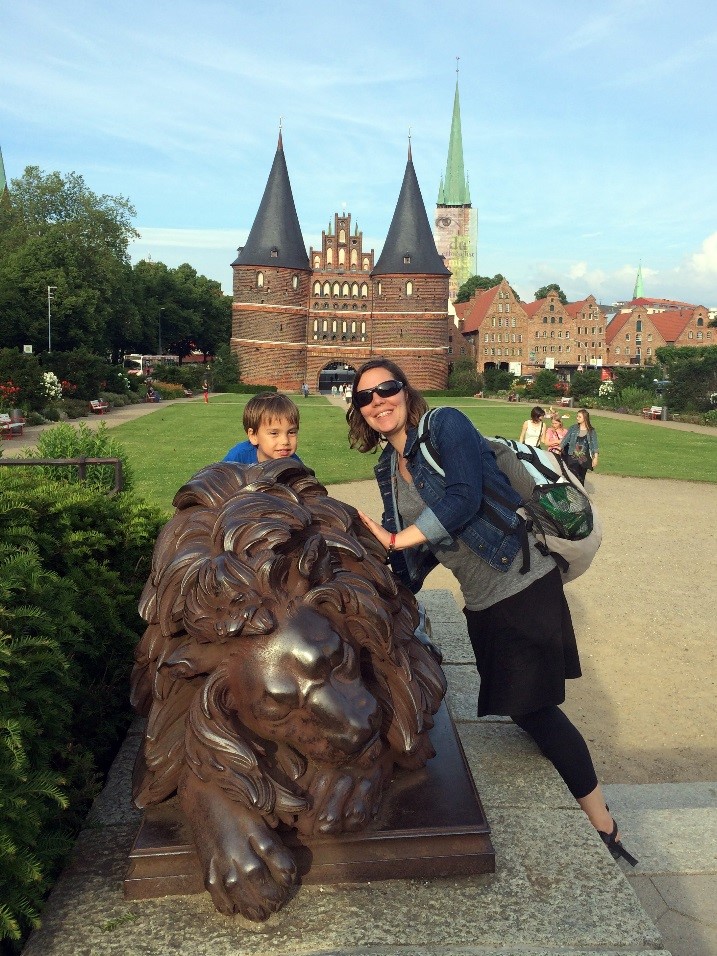
Once in the city we found our way to the famous marzipan store Niederegger. They claim to have invented marzipan. Marzipan is a sweet almond paste that they cover in chocolate or sculpt and paint into many shapes. The most traditional shape are fruits that are used to adorn cakes or other pastries. However the window had a whole town scene made of marzipan and inside the store there were sailing ships, animals and even dinosaurs made out of marzipan!

Marzipan hasn’t always been viewed as a dessert. In the middle ages it was used as a medicine. I have to admit that I have not been a fan of marzipan in the past. However, after tasting the marzipan at Niederegger’s I now love it!
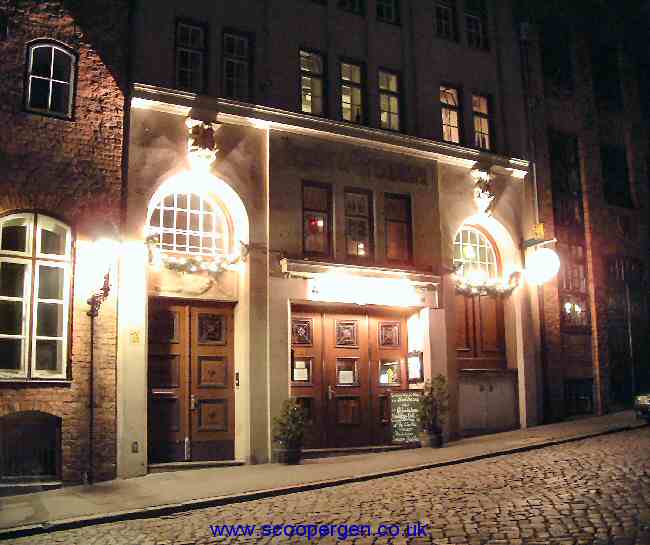
Before taking the train home we stopped to eat at Brauberger a restaurant and brewery that has been open since 1225! The food was very good but the best part was sitting in a restaurant that held so much history! It was a wonderful day trip and great to start to see more history of my new home for the next six months. Next post I will tell you all about the naval war memorial and museum north of Kiel that we visited. It was a very powerful place about much more recent history.